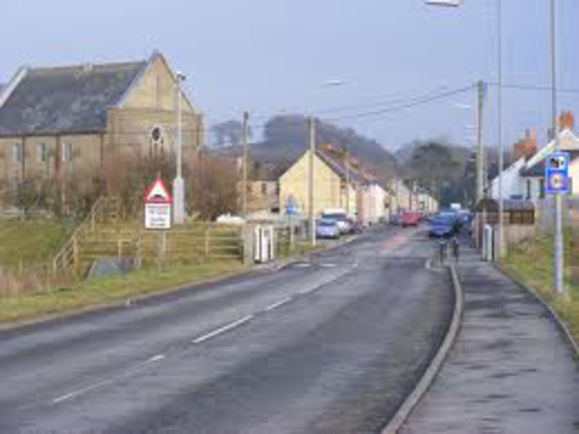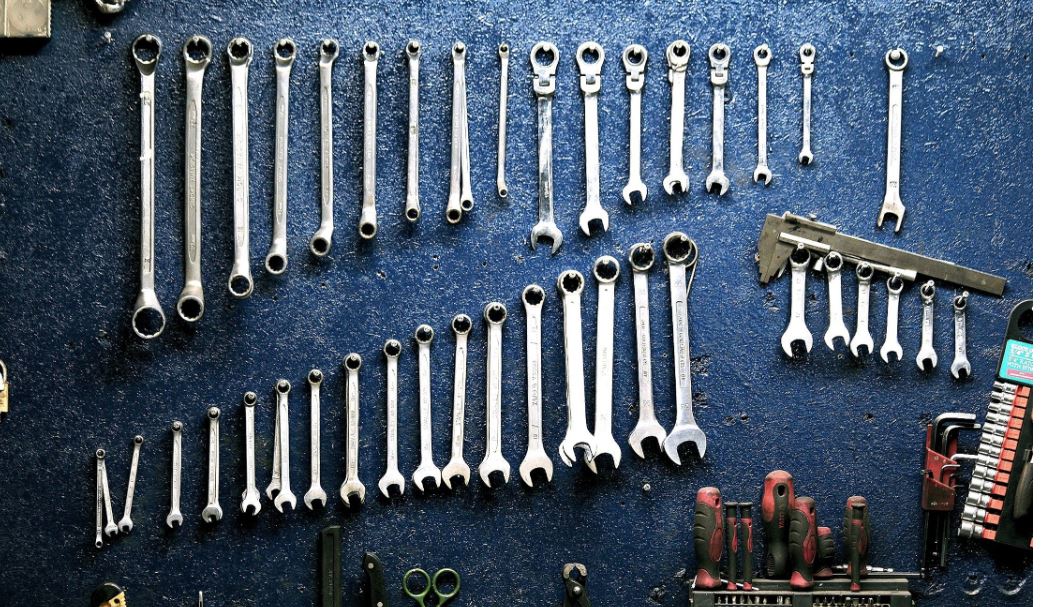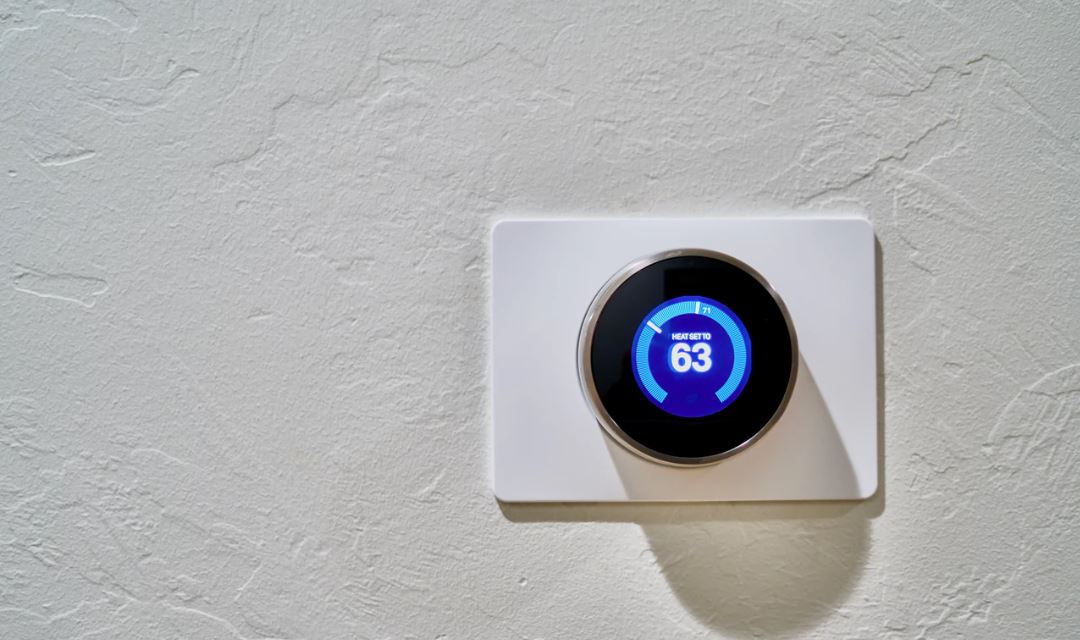After the significant flooding that was caused by the recent heavy rains along the East Coast, a good number of homeowners might find themselves having to deal with damp, soggy furnishings and homes.
What To Do First?
Remember safety is the most important consideration you should make before you go into a house following a flood. If the flood causes a large amount of water in your basement, either ask an electrician to test to ensure it is safe or call the power service provider and ask them to cut off the service.
Think Before You Step
Stepping into standing water that is in the same area might be dangerous since some water heaters and furnaces are connected to the main electrical system. Besides, homeowners should note that if the flood water is from a river, it could be containing sewage. While bacteria content is not necessarily an issue, it could be. Surfaces can be disinfected using a solution of bleach and water in the ratio 1:9 respectively.
After The Flood Subsides
After the flood subsides, the house should be dried out as fast as possible. Mould starts to grow within 48-72 hours. Carpets, pads and furnishings that were sunken in the water should be removed, and the soaked drywall must be cut out and gotten rid of.
There are 3 main methods that can be used to dry out a wet house.
- Getting air to circulate through the house using fans is the most basic. Using dehumidifiers is another method that is quicker and more competent, but more expensive. Dehumidifiers are used to get rid of deep imbedded moisture. This is a very good method for homeowners with wood floors.
- While it is useful to leave the doors and windows open when drying out a building using fans, they should be closed when a dehumidifier is being used. If humid outside air is let into the building, the dehumidifier will be working against the relative moisture outside. Mr. Gross further states that using a dehumidifier in a room that is closed will decrease the relative moisture to a low of 20%. With such dry air, the dehumidifier wicks humidity out of the floors and walls.
- Using the heating system together with window units or the central air conditioner is another way of drying a house. Before running the air conditioner, you should close all windows and doors since warm air hold more humidity than cool air. After the house cools and the air dries, you should turn off the air-conditioning and turn on the heat. After the temperatures get to 80 degrees or about there, you should turn off the heat and turn back on the air conditioner. Repeat this cycle until the house completely is dry. However, you should monitor the process closely if you choose to use this strategy.
Jonathan work on behla of REL which is based in Western Australia and specialises in dewatering pumps.





